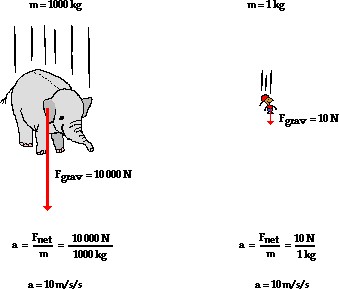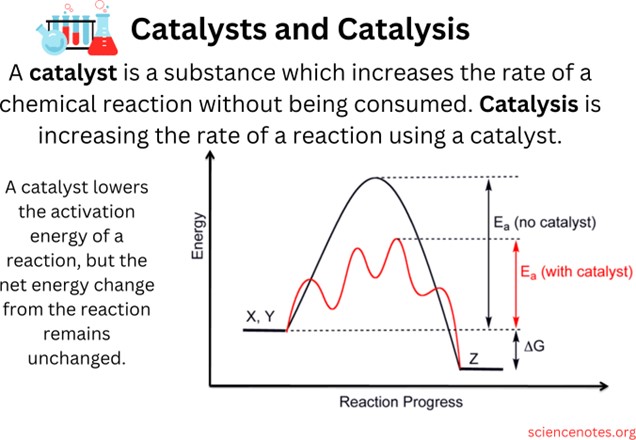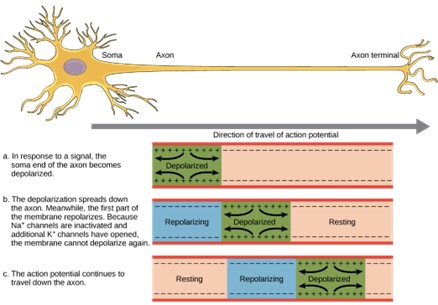Use the table below to answer the question.
| Object | Mass | Time of Fall |
| | | |
|
| 1 |
| 5.0 g| 2.0 sec |
| |
|
| 2 |
| 5.0 g| 1.0 sec |
| |
|
| 3 |
| 30.0 g| 0.5 sec |
| |
|
| 4 |
| 35.0 g| 1.5 sec |
| |
Which of the following conclusions is supported by the data?
Objects A and B will fall at the same rate.
The greater the mass of an object, the faster it will fall.
The time of fall is independent of the mass of the object.
Air resistance is greater for A than for B.
The Correct Answer is C
The data in the table does not support any of the conclusions a, b or d. The only conclusion that can be drawn from the data is c. The time of fall is independent of the mass of the object. This is because objects 1 and 2 have the same mass but different times of fall, while objects 3 and 4 have different masses but also different times of fall.
A. Objects A and B are not mentioned in the table, so this conclusion cannot be drawn from the data.
B. The data does not support the conclusion that the greater the mass of an object, the faster it will fall. In fact, object 3 has a greater mass than object 2 but falls in less time.
C. Air resistance is not mentioned in the table, so this conclusion cannot be drawn from the data.

Nursing Test Bank
Naxlex Comprehensive Predictor Exams
Related Questions
Correct Answer is B
Explanation
The result of using a catalyst in a chemical reaction is that the reaction is completed in a shorter amount of time. A catalyst is a chemical substance that affects the rate of a chemical reaction by altering the activation energy required for the reaction to proceed. This process is called catalysis. A catalyst provides an alternative pathway for the reaction, one that has a lower activation energy than the uncatalyzed pathway.
The other options are not correct because they do not accurately describe the result of using a catalyst in a chemical reaction. A more desirable product is not necessarily formed, a greater amount of heat energy is not necessarily released by the reaction, and the yield of the product is not necessarily increased as a result of using a catalyst.

Correct Answer is D
Explanation
The opening of potassium channels allows potassium to leave the neuron. Repolarization of a neuron occurs after an action potential when the neuron's membrane potential returns to its resting state. This is achieved by the opening of potassium channels, which allows potassium ions to flow out of the neuron. This movement of positively charged ions out of the neuron helps to restore the negative membrane potential.
A. The inhibition of sodium and potassium pumps would not allow for repolarization because these pumps are necessary for maintaining the resting membrane potential.
B. The opening of sodium channels would cause depolarization, not repolarization.
C. The closing of both sodium and potassium channels would restrict ion movement, but it would not allow for repolarization.

Whether you are a student looking to ace your exams or a practicing nurse seeking to enhance your expertise , our nursing education contents will empower you with the confidence and competence to make a difference in the lives of patients and become a respected leader in the healthcare field.
Visit Naxlex, invest in your future and unlock endless possibilities with our unparalleled nursing education contents today
Report Wrong Answer on the Current Question
Do you disagree with the answer? If yes, what is your expected answer? Explain.
Kindly be descriptive with the issue you are facing.
